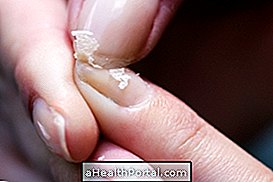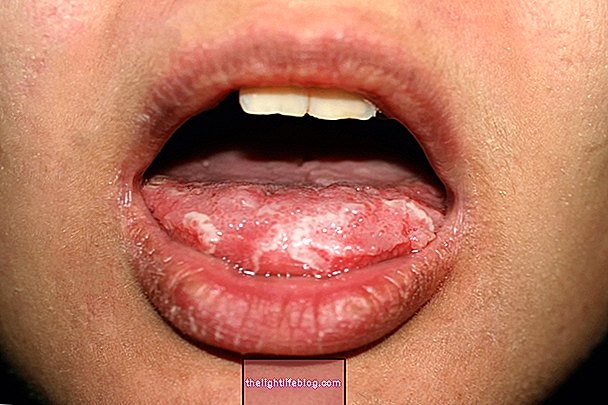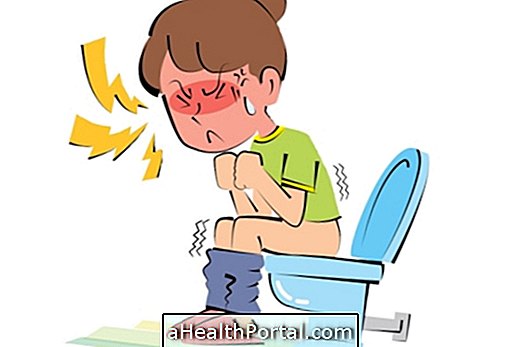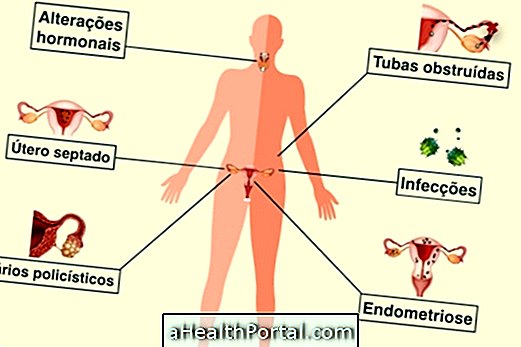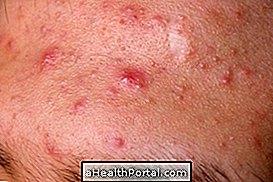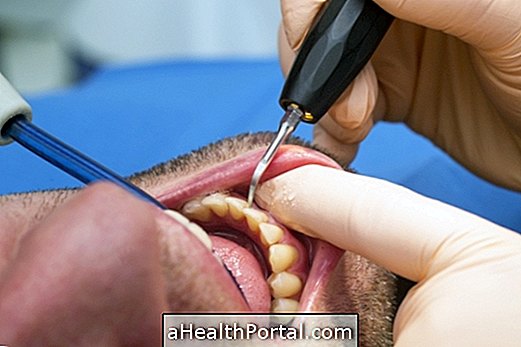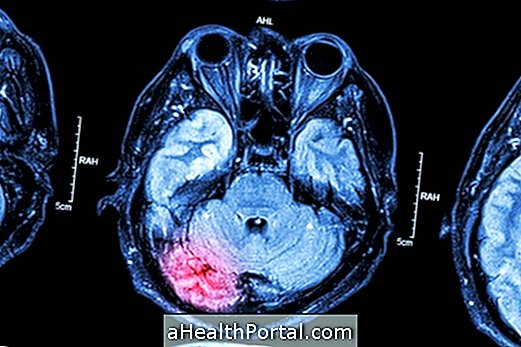Jaundice is characterized by yellowing of the skin, mucous membranes and whites of the eyes, called sclera, due to the increase in bilirubin in the bloodstream, a yellow pigment that results from the destruction of red blood cells
Jaundice in adults is usually caused by diseases that affect the liver, such as hepatitis, by obstruction of the biliary tract, by a calculation, or by diseases that cause destruction of red blood cells, such as sickle cell anemia or spherocytosis, for example. In newborns, the most common cause is physiological jaundice, caused by the immaturity of the liver. Check out what causes and how to treat neonatal jaundice.
Treatment is done according to the cause, and may include treatment of infections with antibiotics, withdrawal of gallstones by surgery or measures to combat hepatitis, for example.

What are the causes
Bilirubin is a yellowish-colored pigment that arises as a result of the degradation of red blood cells, being metabolized and eliminated by the liver, along with bile, through the intestine. Jaundice can occur when there are changes at any stage of this production process until elimination.
Thus, excess bilirubin in the blood can happen for 4 main reasons:
- Increased destruction of red blood cells, due to blood diseases such as sickle cell anemia, spherocytosis or other hemolytic anemia, or infections such as malaria;
- Liver disorders that impair the ability to catch blood bilirubin or metabolize this pigment due to hepatitis, side effects of certain medications such as rifampicin, prolonged fasting, alcoholism, intense exercise or genetic diseases such as Gilbert syndrome or Crigler syndrome -Najjar;
- Changes in biliary tract in or out of the liver, called cholestatic or obstructive jaundice, which prevent the elimination of bilirubin along with bile due to gallstones, narrowing or tumors in the biliary tract, autoimmune diseases such as primary biliary cholangitis, or hereditary syndrome such as Dubin-Johnson syndrome;
- Other conditions that interfere with more than one phase of bilirubin metabolism, such as generalized infection, liver cirrhosis, hepatitis or neonatal jaundice.
The increased bilirubin can be of 2 types, called indirect bilirubin, which is free hemoglobin, or direct bilirubin, when already suffered a change in the liver, called conjugation, to be eliminated along with bile through the intestine.
How to identify
The yellowish coloration of the skin and mucous membranes in jaundice usually arises when bilirubin levels in the blood exceed 2 mg / dL. Understand how to identify high bilirubin in the blood test.
It may be accompanied by other signs and symptoms, such as dark urine, called coluria, or whitish feces, called fecal suppura, which arise especially when there is an increase in direct bilirubin. High values of this pigment in the blood can be irritative to the skin, which causes intense itching.
In addition, symptoms that indicate the cause of jaundice may also be present, such as abdominal pain and vomiting in hepatitis, pallor and tiredness in diseases that cause destruction of red blood cells or fever and chills in case of infections, for example.
How is the treatment done?
To treat jaundice, it is necessary to treat the disease that led to its onset. Generally, treatment is directed by the gastroenterologist, hepatologist or hematologist, and may include measures to unblock the bile ducts, use of drugs to fight infections, discontinuation of toxic drugs to the liver or immunosuppressants to control diseases that cause hemolysis, for example.
The doctor may also advise protective measures, such as ingesting lots of water and reducing the consumption of fatty foods to avoid abdominal discomfort. To control itching caused by excess bilirubin, medications such as antihistamines or cholestyramine may be indicated.







